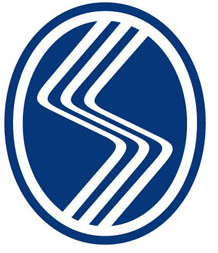Abstract:
Purpose: To evaluate the ability of subgluteal sciatic nerve block (SSNB) to provide pain control during endovascular treatment of below-the-knee (BTK) occlusions. Materials and Methods: This randomized prospective controlled study evaluated 60 consecutive adult patients who underwent endovascular treatment for BTK occlusions. The patients were randomized into 2 equal groups; the SSNB group underwent SSNB in the subgluteal space under ultrasound guidance, while the control group received fentanyl as an analgesic. The visual analog scale (VAS) and Face, Legs, Activity, Cry, Consolability (FLACC) scale scores were recorded. Results: Compared with the control group, the SSNB group showed significantly lower median VAS (0 [range, 0-30] vs 70 [range, 20-100], P < .001) and median FLACC scale (0 [range, 0-2] vs 6 [range, 3-10], P < .001) scores. There was no statistically significant difference between the 2 groups regarding the remaining parameters. There was a very strong correlation between the VAS and FLACC scale scores in both the SSNB (r = 0.805, P < .001) and control (r = 0.950, P < .001) groups. The procedure time and total balloon inflation time correlated with the VAS (r = 0.411, P = .024, and r = 0.402, P = .031, respectively) and FLACC scale (r = 0.431, P = .017, and r = 0.414, P = .022, respectively) scores in the control group but not in the SSNB group (r = 0.364, P = .056, and r = 0.300, P =.085, respectively, for correlation with VAS score and r = 0.730, P = .068, and r = 0.704, P = .075, respectively, for correlation with the FLACC scale score). Conclusions: SSNB is a highly effective and safe pain management modality for the endovascular treatment of BTK occlusions.











